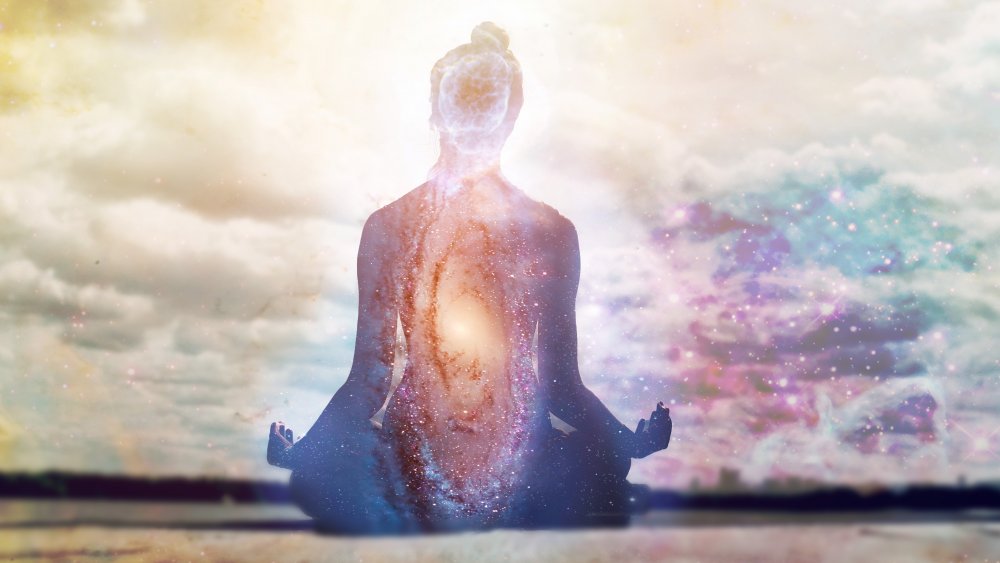The Truth About Your Root Chakra
It's always a good time to give some attention to the grounding power that is your root chakra (or Muladhara). When broken down, the word means root (mula) and support or base (adhara) in Sanskrit, and the root chakra is the foundation for stability and security. It affects the rest of the seven chakras, so it's important to keep the root chakra healthy and open. The Muladhara is located at the base of the spine and includes the pelvic floor as well as the first three vertebrae (via Chopra).
This foundational chakra is considered to be the chakra of matter and therefore one of the most physical and visceral chakras — as such it can drastically impact the way you feel. It is considered the most instinctual of all the chakras. It's like the lizard brain, or survival center. The root chakra is what manifests the fight-or-flight response (via Spacious Therapy).
Emotional energy is also wrapped up in the root chakra — things like being connected with others, or being fearful for the future are front and center here. When all your needs emotionally and physically are met, feelings of safety and centeredness surround your life. Whenever we are lacking in basic essentials for this chakra, it is hard to focus our lives on anything else.
The root chakra is crucial to our well-being
The Muladhara pushes us to eat, sleep, and survive. It is the place where self-esteem and feelings of community manifest in us. It is crucially important, but what happens when the energy within our roots chakra are imbalanced or blocked all together? Feelings of extreme apathy, bitterness, insecurity, and impulsivity are all indications of energy imbalance within the Muladhara (via Chakras info).
If the root chakra is left unbalanced, the world can look far more risky and unsafe. Our life purpose shifts to be focused on regaining a sense of safety and security. We become concerned for our jobs, homes, and health. We live a life of fear. If this Muladhara mayhem goes on too long, our lives can be ruled by anxiety and paranoia.
The root chakra is bold, it demands attention, it is the foundation, and like any foundation if it is built poorly the whole structure collapses. The color of the chakra is a vibrant red because it is the most dense of all the chakras. Red is an unhurried color within our color spectrum — it has the slowest moving wavelengths. But at the same time red is a color of stimulation, it seeks to gain attention. It is used as a signal for stop and danger in our lives and we need to see any signs of imbalance as a warning in red.

